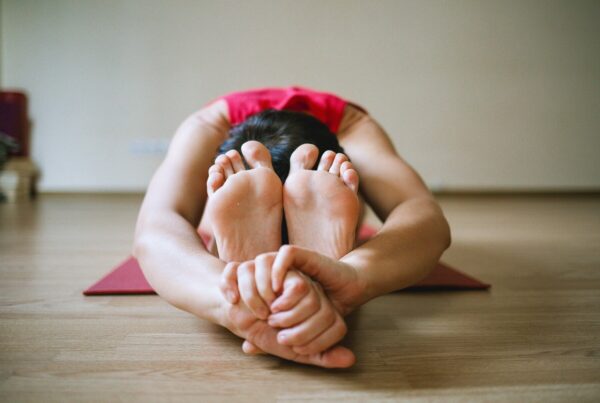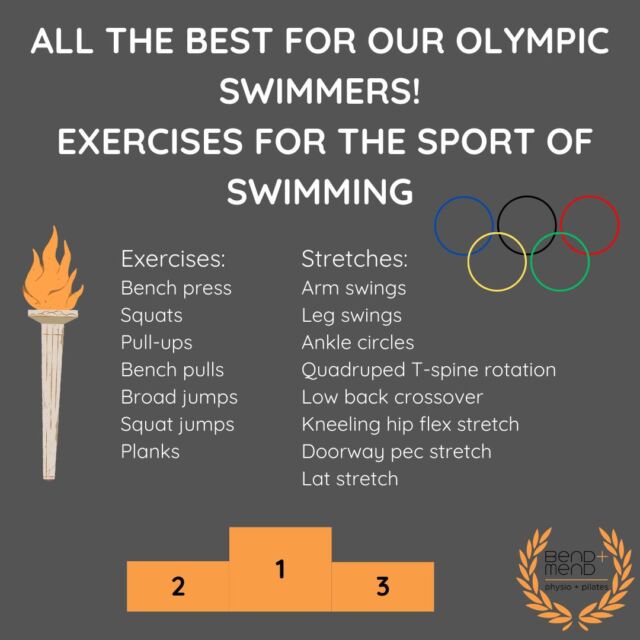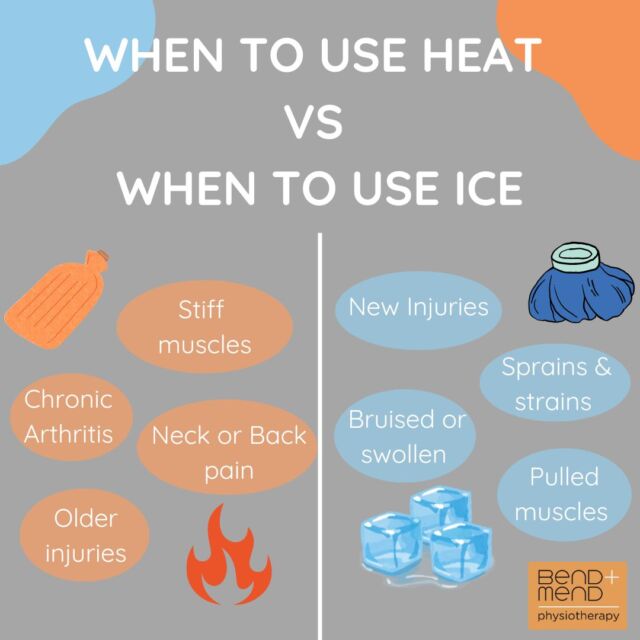At Bend + Mend, we often see clients with injuries that occur as a result of a lack of mobility. We use Pilates equipment to ensure clients move through their full range of motion. This helps to improve flexibility without stressing joints, ultimately enhancing your performance in other activities while also decreasing your risk of injury.
Why is mobility important?
Good joint mobility is important as it allows us to achieve key functional movements such as climbing stairs, squatting to sit in a chair, or bending over to pick something up. Of course, your optimum mobility will depend on your lifestyle, occupation and physical activity you undertake. For example, a gymnast or athlete will have a very different idea of what their baseline mobility should be in comparison with a sedentary office worker. Although it’s never too late to start working on your mobility, this sedentary behaviour in the long term can take its toll on our wellbeing, posture, and in some cases may even increase your risk of injury.
Are flexibility and mobility the same?
Flexibility is the ability to lengthen a muscle, whereas mobility has more involved. While flexibility refers to lengthening a muscle, think about mobility as the ability to comfortably move our joints through a full range.
While these seem similar, often those who are incredibly flexible can still feel stiffness because they haven’t got the strength to control that movement through the entire range of motion. Someone with great mobility can move their entire body freely and without pain through a full range of motion. This involves much more than simply muscle flexibility. It requires range of motion in your joints, muscle strength, joint and muscle stability, proper alignment and muscle flexibility.
What does lack of mobility result in?
Mobility issues increase your chances of joint and muscle damage. If you perform a movement with a limited range of motion and don’t properly activate your major muscle groups, smaller muscles will take on extra unintended workload. Because these “assistance” muscles are smaller and weaker than your primary muscles you risk increased pain in the gym or will be left feeling extra sore after a workout. Mobility issues decrease your strength and power output. A lack of mobility can lead to improper technique, which depletes your ability to effectively produce maximum power and strength output. Lack of mobility can often take its toll on other parts of the body. For example, reduced ankle range can contribute to knee pain or reduced range through the thoracic spine can lead to neck and shoulder issues.
At its simplest level, keeping our joints moving maintains the joint range whilst also stretching surrounding muscle and tissue. If you have ever broken anything or had a joint immobilised in a sling or cast, you will know how quickly our bodies can stiffen up and become uncomfortable. Movement also lubricates joints by stimulating the production of synovial fluid and increasing blood flow, thereby nourishing our joint cartilage. All of these factors can assist us in improving our well-being whilst also achieving a more comfortable posture and hopefully prevent injury, or manage existing symptoms.







